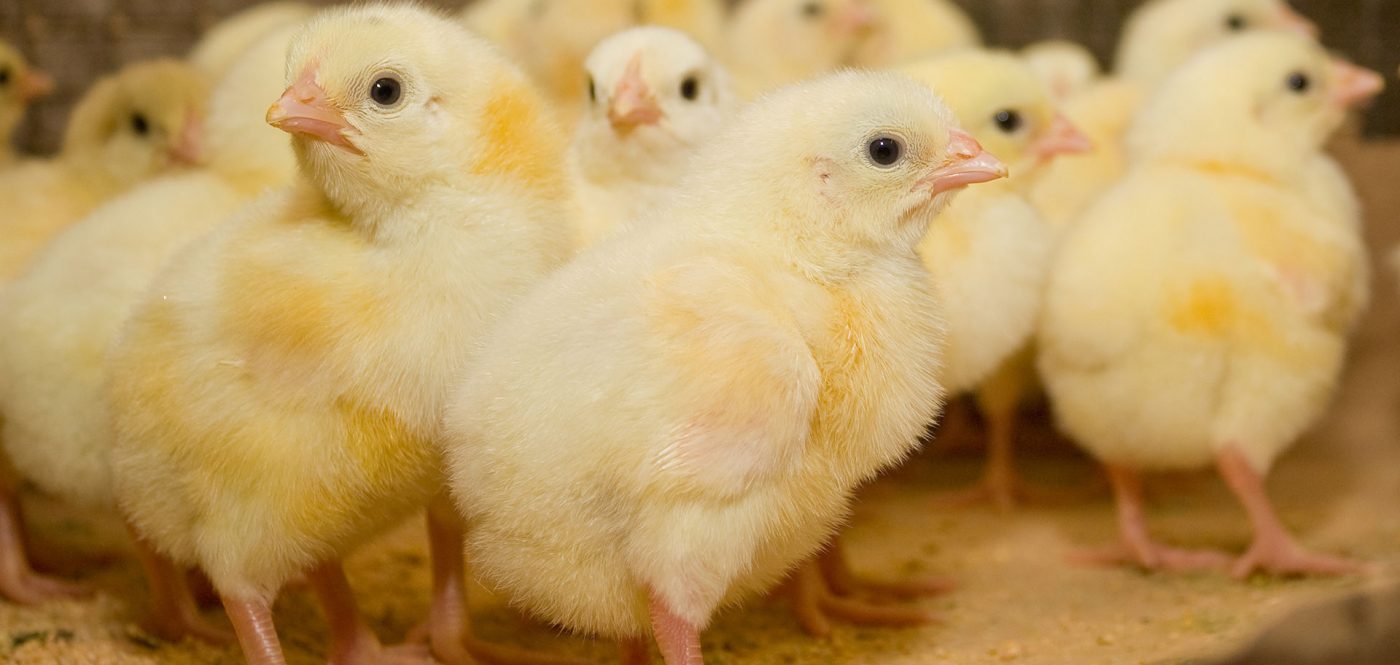Treatment doses in poultry are often adopted on the basis of water consumption (g / liter of water or ml / liter of water) and not on the basis of weight (mg / kg of body weight). The method of determining the dose based on water consumption is a wrong method, because the calculation Dosing based on water consumption has several disadvantages, including:
- The consumption of water by birds in the summer increases significantly compared to the same birds of the same weight in the winter, which tend to consume less water, and therefore they will take larger doses in the summer, while they will take less and perhaps insufficient doses in the winter.
- Birds tend to consume larger amounts of water in some sick cases, which are associated with losing large amounts of water, as in cases of coccidiosis, diarrhea, and infection with some diseases that raise the bird’s temperature significantly, as in the gamburu.
- Taking high doses of the drug as a result of consuming large quantities of water has economic effects, especially with regard to high-value treatments.
-
Taking large therapeutic doses may have significant toxic effects on the bird’s body and may cause liver and kidney problems, especially if the bird is exposed to fungal toxins or some diseases that cause kidney stress.
- Birds’ consumption of small amounts of treatment water results in insufficient therapeutic doses and thus loss of the therapeutic value of the antibiotic used.
- The use of antibiotics on the basis of weight ensures that the full dose is used during the treatment period, thus achieving the desired benefit from the treatment.



